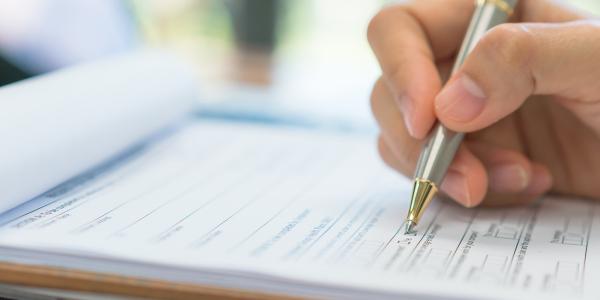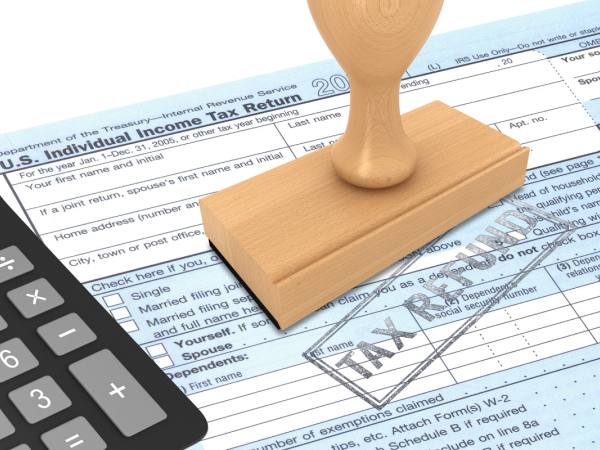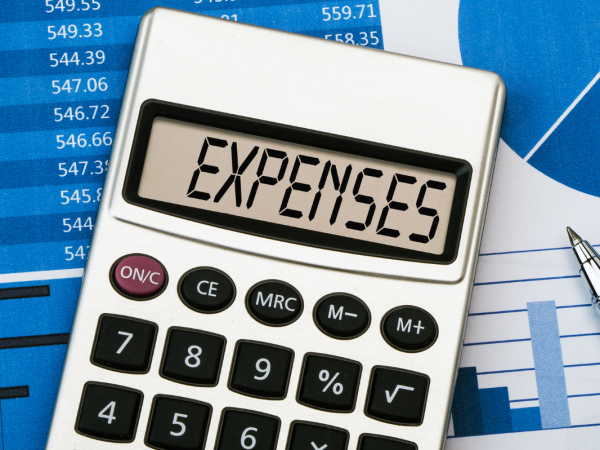Form P87: tax relief for employment expenses
If you have paid expenses related to your employment, you may be able to claim tax relief. We provide an example, showing you how to complete form P87, which you can use to claim tax relief on employment expenses.

Content on this page:
Introduction
You can use form P87 to make a claim for tax relief in certain circumstances:
- you are not within self assessment – that is, you do not have to submit an annual tax return, and
- you are an employee and you have spent your own money on allowable employment expenses (which are not then reimbursed by your employer), and
- your allowable employment expenses are less than £2,500 for the tax year.
Time limits
You have four years from the end of the tax year to make a claim; so, for 2024/25, you must make a claim by 5 April 2029. As we are in 2024/25, you can make a claim going back to the 2020/21 tax year.
Note that ‘by 5 April’ means HM Revenue & Customs (HMRC) need to receive your claim form by 5 April. Many claims can be submitted online, and you should try to save a copy of the submitted form and/or keep a note of any receipt HMRC’s system gives you. If you are posting a paper claim form, make sure you send it in good time to reach HMRC by 5 April. You might wish to ask the Post Office for proof of postage and keep this in case HMRC say they haven’t received your form.
Method of repayment
If the claim is for the current tax year, HMRC will usually make an adjustment to your tax code. If the claim is for a previous tax year, HMRC may make a repayment by cheque – they will either send the cheque to you or you can ask them to send it to someone else (your nominee). Alternatively, you can ask for the repayment to be sent direct to your bank or building society.
Completing form P87
You can complete and submit form P87 online through the Government Gateway, or you can choose to complete it onscreen and post it to HMRC.
If you want to complete and submit the form online and have not got a Government Gateway account, you can set one up as part of the claim process. This will also give you access to other government and HMRC online services including your personal tax account. You can find out more about your personal tax account in our digital services guide.
If you choose to complete form P87 onscreen and post it to HMRC, check our guidance first as to all information you need to hand before you start. Once you complete the form, you should save it and print it, before signing and sending to HMRC. You should retain a copy of the completed form for your own records.
We use the annotated form plus example below to illustrate how you should complete the postal form P87. Please do not use the details provided in the example when completing your own form.
There is a HMRC guidance document to accompany the P87 form, which you can access on GOV.UK.
Before making a claim, double check you have not already received tax relief for your expenses. For example, might you have made a claim already but forgotten about it? Is it possible you already got tax relief for your employment expenses through your tax code? Also check that you earned enough to pay tax in the tax year. If you do not earn enough, you cannot claim tax relief – see the example on our page Minimum wage, tax and tax credits help for care workers.
Note that since 21 December 2022, claims for tax relief made on P87 forms must include the following information:
- all the details in section 1, except for the title and contact phone number which are optional;
- employer PAYE reference number in section 2 and
- type of industry in section 2 if the claim includes flat rate expenses. (The industry is the particular type of economic activity your employer is in.)
HMRC say that any forms that do not include the required information, and which are received on or after 21 December 2022, will be rejected.
PAYE reference number
As noted above, you must include your employer’s PAYE reference number to make the claim. A PAYE reference number (or employer reference number) consists of a unique set of letters and numbers used by HMRC to identify your employer and their Pay As You Earn (PAYE) scheme.
The reference is in two parts. The first part is made up of three digits and tells HMRC which tax office looks after that particular employer. The second part can be a combination of letters and/or numbers which will identify the employer that the reference belongs to. A typical reference may look something like this 123/AA6543.
As the PAYE reference number identifies the employer, not the employee, if you work for more than one employer, you will have more than one PAYE reference number.
You may be able to find the number on payroll correspondence from your employer. Although it is not a legal requirement for employers to include it on a payslip, some employers do include it.
It can also be found on a P60 or P45.
You may be able to find your employer PAYE reference number in your personal tax account (PTA). From the home page of your PTA, select the tile called Pay As You Earn (PAYE). Your employer PAYE reference number is available in a number of different places, but probably the easiest place is PAYE Income Tax history.
Annotated example of form
Other useful guidance
HMRC typically operate a process now/check later system in respect of the amount of tax relief being claimed. However HMRC can check claims, often years after the claim was submitted, so it’s important to try and make sure your claim is as accurate as possible.
Deductible employment expenses – not all expenses quality for tax relief. In fact, for most employment expenses, you must have incurred them wholly, exclusively and necessarily in the performance of the duties of the employment, which is a hard test to meet.
Tax relief if you use your own car – this comes in the form of a flat rate amount for the number of business miles you have travelled. However the miles have to be business miles, not ordinary commuting and sometimes it is not easy to tell which is which.
Guidance on using tax refund companies - there are plenty of organisations which offer to make the claim for you, but they will take a fee from any repayment you get. Some may also act in bad faith and cause you problems in the future.
In particular, if you are thinking of paying a tax refund company to help you make a claim for work expenses, we strongly recommend you read HMRC’s warning about incorrect or inflated expenses, in their claiming expenses – don’t get caught out campaign on GOV.UK.




